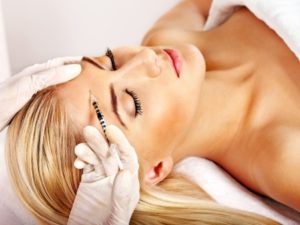
 Most people have heard of Botox, even if they have never tried it for themselves. Dysport is a lesser known and newer alternative to Botox that is very similar with some differences. There have been a lot of studies into both Botox and Dysport, but these studies have not seen a conclusive winner in the debate. Both Botox and Dysport are highly effective for many people. Here’s what you need to know about them so you can make a decision about which one you will use to smooth out your fine lines and wrinkles.
Most people have heard of Botox, even if they have never tried it for themselves. Dysport is a lesser known and newer alternative to Botox that is very similar with some differences. There have been a lot of studies into both Botox and Dysport, but these studies have not seen a conclusive winner in the debate. Both Botox and Dysport are highly effective for many people. Here’s what you need to know about them so you can make a decision about which one you will use to smooth out your fine lines and wrinkles.
Similarities
Botox and Dysport both use the neurotoxin Botulinum Type A to relax the muscles of the face that cause lines and wrinkles around the eyes (crow’s feet), brows, and forehead. Both Botox and Dysport have been shown to be effective in this endeavor, although they both have varying evidence in duration of results. Both injectables are completely safe, FDA approved, and last a minimum of three months.
Differences
There are a lot of differences between Botox and Dysport, in spite of the fact that they share an active ingredient. Dysport is made up of smaller molecules of Botulinum Type A than Botox, which means several things. First, it could disperse more over the target area, which could be either good or bad depending on the results you are looking for. The smaller molecules also mean that the unit measurement for treatment is different with Dysport than Botox. You may need more Dysport than Botox to get the same results.
One of the differences in Botox vs Dysport in Tampa is the cost. Dysport is often cheaper than Botox per unit, but more units may be needed to get the same results. If you are unsure which injectable is right for you, contact us today for more information and a consultation.

